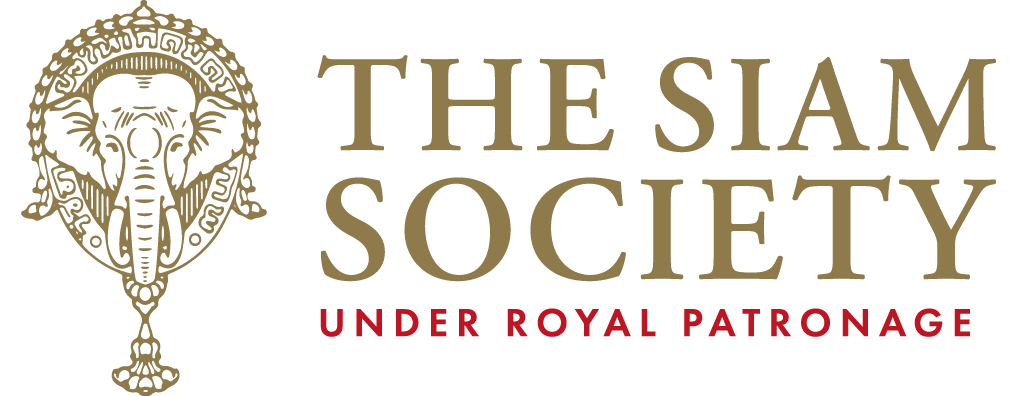A Visit to Little Known Old Treasures of Nonthaburi and Pathum Thani Provinces
Nonthaburi province occupies an area of about 622 square kilometres and nowadays is part of the urban area of Bangkok. It was a city in the middle of the 16th century, and before that was a village named Talat Khwan. During the reign of King Prasat Thong (1629-1656), a canal was dug to shortcut a big loop in the Chao Phraya river. In 1665 King Narai built a fortress, as the shorter river way was giving enemies an easier way to get to the capital Ayutthaya. The town was then also moved near the fortress. Later on during the King Rama the III (1824-1851) the fortress was demolished and Wat Chalerm Phra Kiat was built on the same site. In 1928 the township of Nonthaburi was relocated to the present site.
Nonthaburi was consolidated with Bangkok on January 1, 1943; however, it was re-established as an independent province again in May 9, 1946. It consists of only six districts. Talat Khwan or today Nonthaburi, which appears on 17th century European maps as Talacouan or Talatquan. Most accounts of the early Bangkok period describe this as a bustling community where silk and fruit were sold from a long row of shops on bamboo rafts moored near the shore. In 1834 Bishop Pallegoix estimated that there were about 500 houses, from which he deduced that the population was around 5,000. Afterwards, as far as Pak Kret, the banks were thick with trees and lacy clumps of bamboo out of which rose the layered roofs of Buddhist temples.
After Talat Khwan, the next important town mentioned in 19th century accounts was Pak Kret, along both sides of a short-cut canal about two kilometers long, dug in 1722 and forming an island in the river calls Ko Kret. Settled by Mon refugees from Burma in the 18th century. Robert Taylor Jones, a Baptist missionary who visited the place in 1838, thought it “one of the most charming spot for a mission” he had ever seen; and the island still has considerable natural appeal with its shady trees, market gardens, and pleasant riverside walks. The residents are also noted for their pottery, made from river-bed clay in elegant, traditional Mon shapes.
On Sunday, 20 December 2020, the Siam Society will arrange a one day study trip for members to visit some old temples (some with mural paintings), historical sites and many places of interest in Nonthaburi and Pathum Thani provinces such as Wat Prasat, Wat Keaw Fah, Wat Chomphuvek, museum, and etc. Members will travel by mini bus. The group will depart from the Siam Society at 08:00 and expected to return to the Society on the same day at approx. 19:30
When
Leader
Mr Euayporn Kerdchouay, Senior Consultant of The Siam Society
Booking
Or contact Khun Supanut
supanut@thesiamsociety.org
Booking
Note – To comply with the measures recommended by the government due to the COVID-19 pandemic protect yourself and others around you by knowing the facts and taking appropriate precautions. The Society kindly ask our participants to follow the safety and precaution measures that have been declared by the government and health organisations.
The contribution of THB 2,750 (THB 3,250 for non-members), will cover transportation, lunch, gratuities and other costs incurred to make this trip possible. In addition, basic travel insurance is included. There is a 4% surcharge for credit/debit card payment to cover bank charges. Please pay by cash or cheque payable to “The Siam Society”. Alternatively, you can transfer the money to The Siam Society travel account at TMB Bank, Asoke Branch, saving account no. 053-2-18000-7. Please fax or e-mail the deposit or transfer docket to us.
For further information and bookings please contact Khun Prasert at Tel. 02-661-6470-3 ext. 504 or Khun Supanut Tel. 02-661-6470-3 ext. 506, Fax 02-258-3491 or email: supanut@thesiamsociety.org. The Society office is open from 09:00 to 17:00, Tuesday to Saturday
More upcoming study trips
-
 A Hiking Trip to Minority Villages in Guizhou, ChinaการศึกษาสัญจรThursday, 26 February to Friday, 6 March 2026
A Hiking Trip to Minority Villages in Guizhou, ChinaการศึกษาสัญจรThursday, 26 February to Friday, 6 March 2026 -

-
 Bird Watching in Laem Phak Bia Mangrove Forests, Phetchaburi ProvinceการศึกษาสัญจรSaturday, 24 to Sunday, 25 January 2026
Bird Watching in Laem Phak Bia Mangrove Forests, Phetchaburi ProvinceการศึกษาสัญจรSaturday, 24 to Sunday, 25 January 2026 -
 Echoes Across the Mekong: Rock Art of Pha Taem and Wonders of Southern LaosการศึกษาสัญจรThursday, 15 to Sunday, 18 January 2026
Echoes Across the Mekong: Rock Art of Pha Taem and Wonders of Southern LaosการศึกษาสัญจรThursday, 15 to Sunday, 18 January 2026 -
 Missionaries, Diplomats and Teak-Wallahs: The Built Heritage of Chiang Mai, 1867 - 1941การศึกษาสัญจรSaturday, 29 to Sunday, 30 November 2025
Missionaries, Diplomats and Teak-Wallahs: The Built Heritage of Chiang Mai, 1867 - 1941การศึกษาสัญจรSaturday, 29 to Sunday, 30 November 2025 -

-

